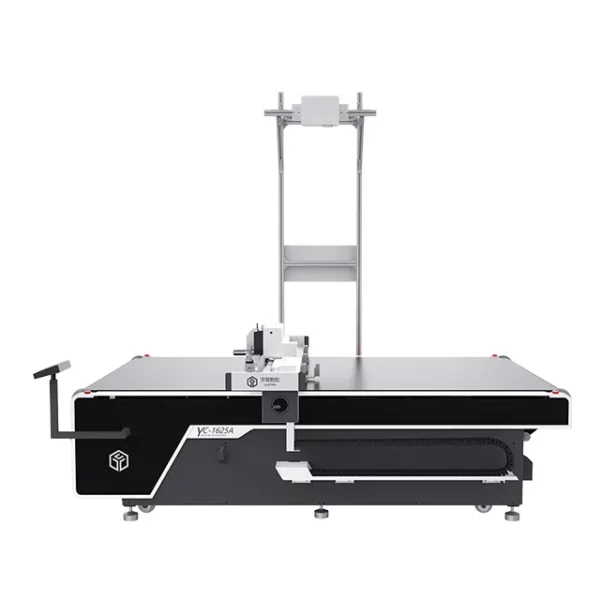Carpet making machines, also known as tufting machines, are primarily designed for the production of carpets and rugs. However, they can be adapted or modified to accommodate complex or intricate shoe designs in certain cases.
Here’s how carpet making machines can be used to produce shoes with complex designs:
- Custom Tooling and Attachments: Manufacturers can develop custom tooling and attachments for carpet making machines to accommodate specific shoe designs. These tooling solutions may include specialized needles, guides, or cutting mechanisms that enable the tufting machine to create intricate patterns or shapes required for shoe components.
- Multi-Axis Motion Control: Advanced carpet making machines may feature multi-axis motion control systems that allow for precise control over the movement of tufting needles or yarn feeders. By programming complex motion patterns, such as curves, angles, and loops, the machine can produce intricate details and designs on shoe uppers or other components.
- Variable Pile Heights and Yarn Densities: Carpet making machines offer flexibility in adjusting pile heights and yarn densities, which can be leveraged to create texture and dimensionality in shoe designs. By varying the tufting parameters, such as stitch length, pile height, and yarn tension, manufacturers can achieve intricate surface patterns and effects.
- Computer-Aided Design (CAD) Integration: Integration with computer-aided design (CAD) software allows designers to create and simulate complex shoe designs digitally before production. Carpet making machines can then be programmed to reproduce these designs accurately, translating digital patterns into physical shoe components with precision.
- Modular Construction: Some carpet making machines feature modular construction, allowing for easy customization and adaptation to different production requirements. Manufacturers can add or remove modules, adjust machine settings, carpet making machine and reconfigure components to accommodate complex shoe designs while maintaining production efficiency.
- Specialized Materials and Techniques: Innovations in materials and tufting techniques enable carpet making machines to handle a wide range of fabrics, yarns, and fibers suitable for shoe production. By utilizing specialized materials, such as stretchable fabrics or synthetic fibers, and employing advanced tufting methods, manufacturers can create intricate shoe designs with unique properties and aesthetics.
- Post-Processing and Finishing: After tufting, shoe components produced by carpet making machines may undergo additional post-processing and finishing steps to enhance their appearance and functionality. This may include trimming, stitching, embossing, or bonding processes to refine intricate details and achieve the desired final look and performance of the shoes.
While carpet making machines are not specifically designed for shoe production, their adaptability, precision, and customization capabilities make them suitable for manufacturing certain types of shoes with complex or intricate designs, particularly for niche or specialized footwear applications. However, it’s important to note that not all shoe designs may be feasible or practical to produce using carpet making machines, and alternative manufacturing processes may be more suitable for certain styles or requirements.
